Deck & Commander Strategies
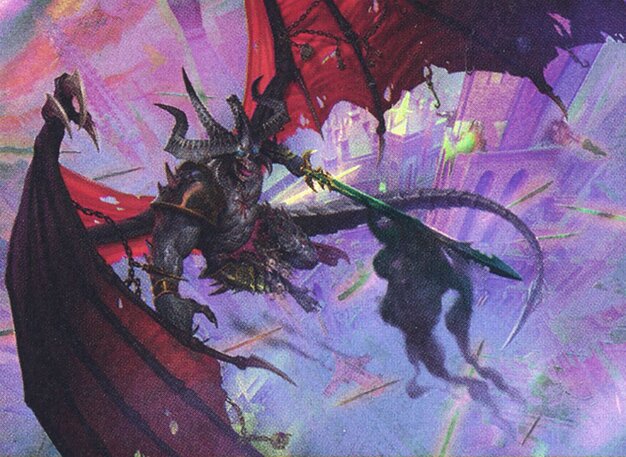
Be'lakor, the Dark Master
Utilize demonic synergies to draw cards, lose life, and deal damage.
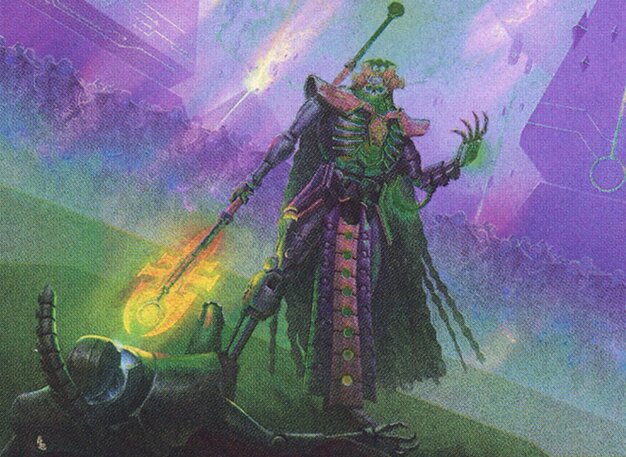
Imotekh the Stormlord
Optimize graveyard-artifact interactions to create an endless legion.

Magus Lucea Kane
Play large creatures and generate copies of them for board dominance.
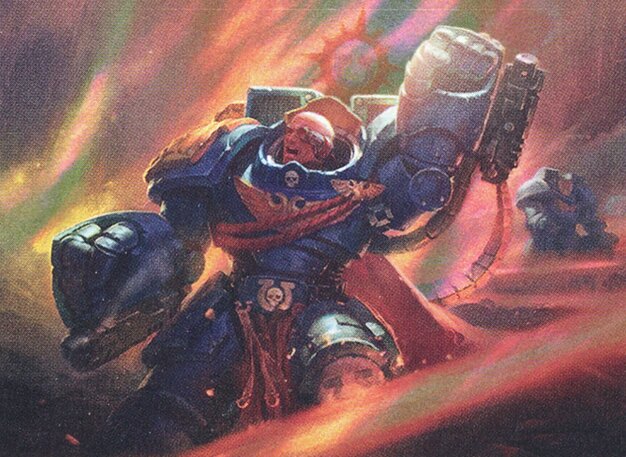
Marneus Calgar
Generate tokens and draw cards to increase board presence and options.
Gameplay Insights
- 1
The casting of Callous Assassin by Marneus Calgar was a crucial play, allowing him to copy and destroy Be'lakor.
- 2
Magus Lucea Kane's play of Exocrine was a game-changer, dealing massive damage to all players and creatures.
- 3
The use of Endless Atlas by Imotekh the Stormlord demonstrated the importance of card draw in maintaining game momentum.
- 4
The Inquisitorial Rosette equipped to Marneus Calgar's creature significantly boosted his attacking power by providing Menace and generating additional attacking tokens.
Notable Cards
-
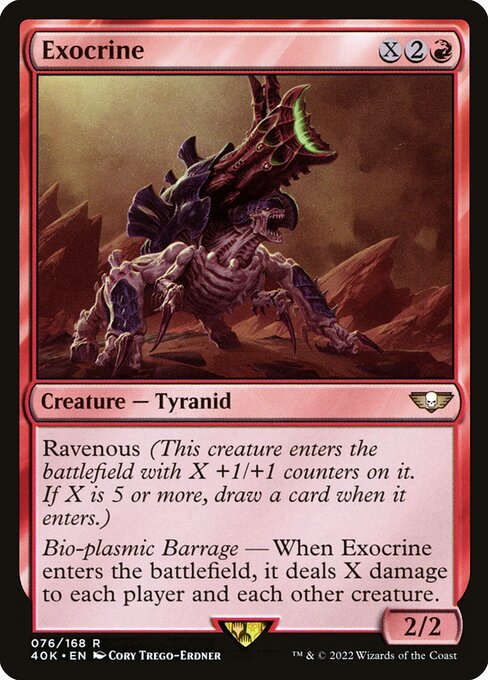
Exocrine
-
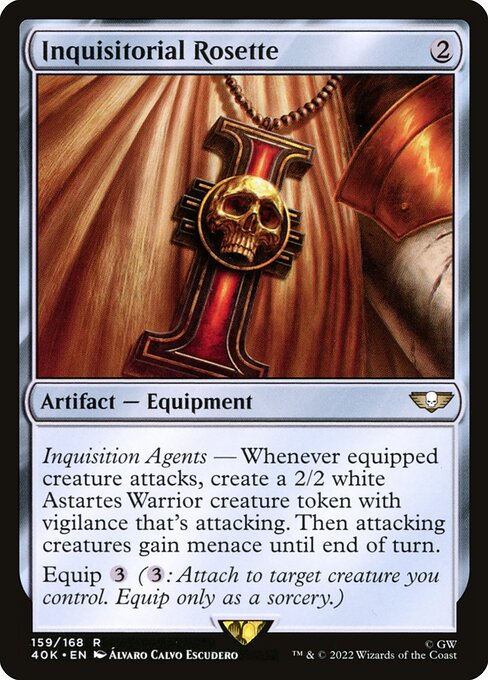
Inquisitorial Rosette
-
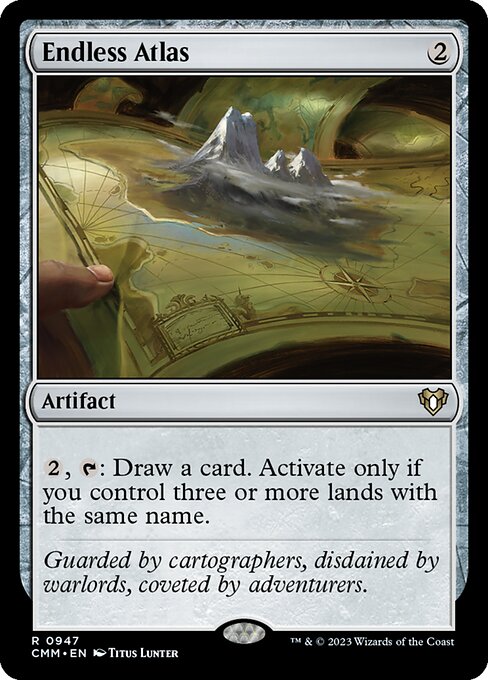
Endless Atlas
Gameplay Summary
The game started with a strong set up by all players.
Marneus Calgar sought to generate tokens and draw cards, while Magus Lucea Kane's strategy revolved around playing large creatures and generating copies of them.
Be'lakor, the Dark Master, attempted to capitalize on demonic synergies, and Imotekh the Stormlord was set on a graveyard-artifact interaction strategy.
There were a few key turning points in the game.
One was the play of Callous Assassin by Marneus Calgar, which copied Be'lakor and led to the destruction of the original.
Another key moment was the casting of Exocrine by Magus Lucea Kane, which caused significant damage to all players and creatures, changing the balance of power on the board.
The game concluded after a series of strategic maneuvers and well-executed plays.


















![Be'lakor vs Marneus Calgar vs Anrakyr vs Lucea [EDH/Commander, Magic The Gathering Gameplay 2022] thumbnail](https://i.ytimg.com/vi/yB5H9ibZMcM/sddefault.jpg)


![Warhammer 40,000 Upgraded [Commander VS 313] | Magic: the Gathering Commander Gameplay thumbnail](https://i.ytimg.com/vi/C5lxkOuAUw0/sddefault.jpg)








